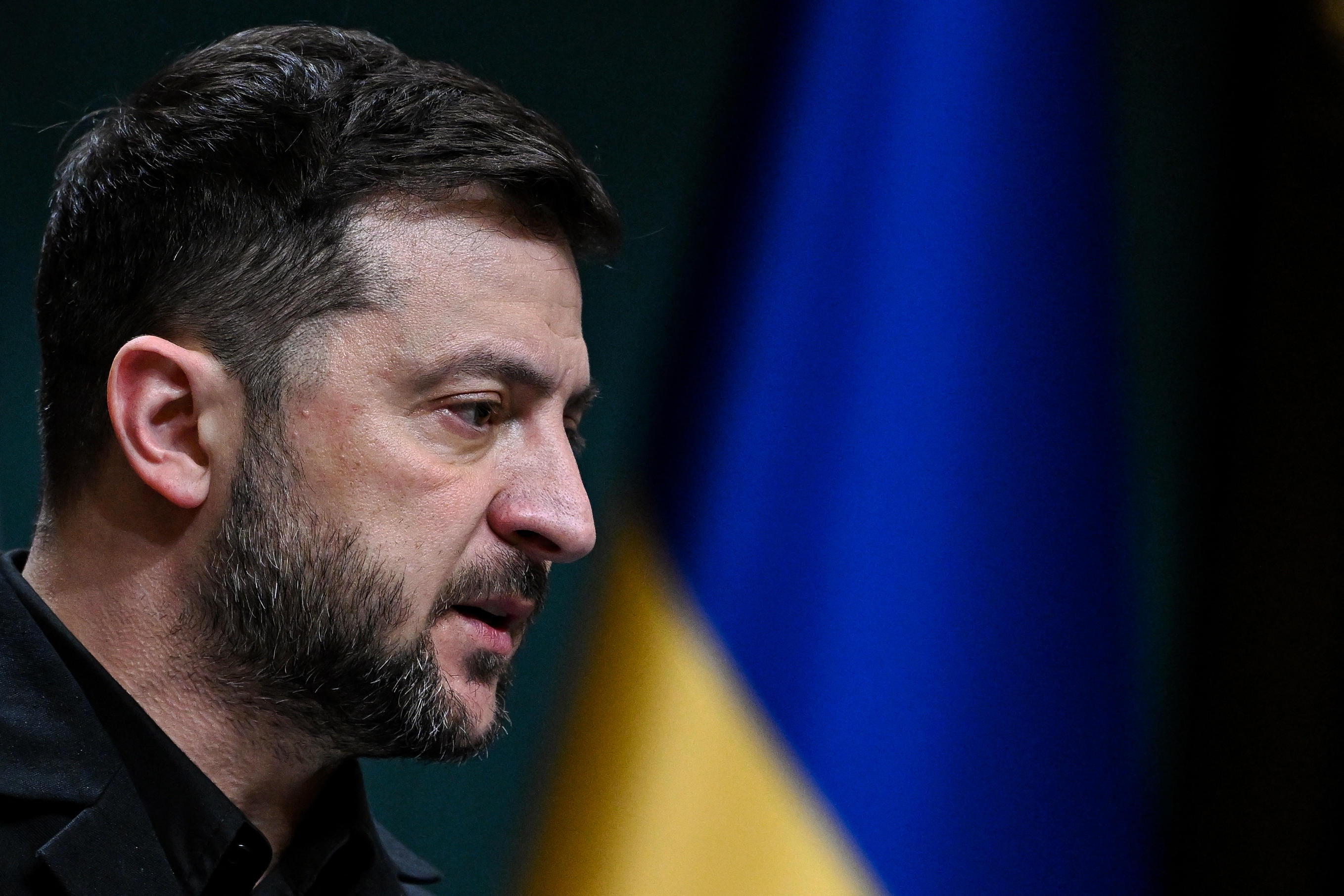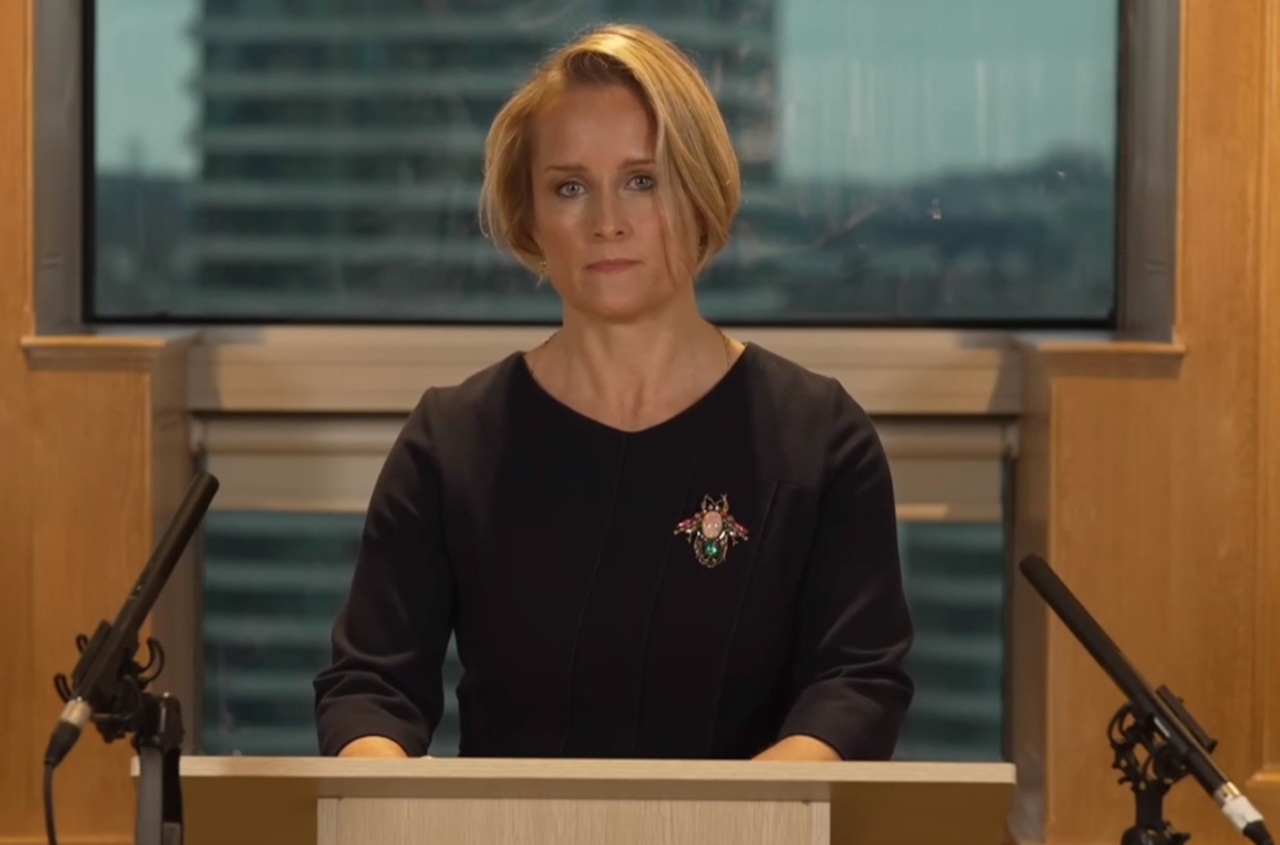The updated macroeconomic forecast for 2025 from Dragon Capital analysts.
Forecast Scenarios and Key Assumptions
The war between Russia and Ukraine continues, and despite efforts by the U.S. administration, the prospects for a full-fledged ceasefire remain uncertain. Given this uncertainty, we maintain two macroeconomic scenarios for 2025. The "ongoing war" scenario assumes the continuation of hostilities until the end of the forecast period, while in the "ceasefire" scenario, we assume that a sustainable ceasefire will be achieved in the coming months, though part of Ukraine's territory will remain temporarily occupied.
At the same time, the energy ceasefire reached in March is generally being upheld, improving the situation in Ukraine's energy sector. Due to the absence of new significant damage to the energy infrastructure, the electricity deficit in April decreased almost to zero, compared to an estimated 7% of demand in February and a peak of 16% in June 2024.
Thanks to the energy ceasefire and the optimization of repairs to nuclear power units, the capacity deficit in 2025 will be lower than expected, at about 5% of demand. However, due to significant damage to gas extraction infrastructure in February, Ukraine will be forced to import at least 4.2 billion cubic meters of gas in 2025, according to our estimates.
Impact of External Economic Shocks on Ukraine's Economy
Despite the devastating impact of the war, the Ukrainian economy remains closely connected to the global economy through foreign trade. In 2024, foreign trade accounted for 57% of Ukraine's GDP, slightly down from 66% in the pre-war year of 2021.
A global recession, particularly due to U.S. tariff policies or other factors, may affect Ukraine primarily through prices and demand for raw materials, which account for two-thirds of Ukraine's exports. Additionally, as a result of active integration into the EU, the Ukrainian economy is becoming increasingly sensitive to fluctuations in the euro/dollar exchange rate.
However, the global economy remains resilient and is likely to avoid a recession. Therefore, the reaction of commodity markets to global trade shocks has been asynchronous and generally favorable for Ukraine, as prices for key export items have either remained stable or increased, while prices for energy imports, which Ukraine mainly imports, have decreased.
The strengthening of the euro negatively affects Ukraine's external trade balance and increases inflationary pressure through rising prices on imports from the EU, particularly pharmaceuticals, household appliances, and vehicles. However, this effect may be partly offset by cheaper imports from China and lower global energy prices.
In general, although the Ukrainian economy is dependent on global trends, given the lack of signs of a global economic crisis unfolding, the impact of external factors will be less pronounced compared to the course of the war and the scale of external financial support.
Economic Growth
According to official data, real GDP grew by 2.9% year-on-year in 2024, following a 5.5% growth in 2023. This slowdown was driven by the effects of electricity shortages due to Russian attacks, an increasing shortage of labor, and a lower grain harvest after exceptionally favorable weather in 2023. Meanwhile, economic activity was supported by the stable operation of Black Sea ports, domestic consumption, and the expansion of domestic military production.
Current economic activity indicators show a slowdown early in the year due to new losses in production capacities, as well as negative consumer reactions to geopolitical tensions. Although the weakness in economic activity in Q1 2025 will be partly offset by better prospects in the energy sector, we have revised our real GDP growth forecast for 2025 down by 0.5 percentage points, to 2.5% in the "ongoing war" scenario. The main drivers of growth will remain private consumption and the development of domestic military production, while the shortage of skilled labor will continue to limit the economy's potential.
In the event of an agreement on a long-term ceasefire, real GDP could grow by 3.5–5.5% year-on-year (0.5 percentage points lower than previous expectations) due to improved economic sentiment and the start of large-scale reconstruction, which will offset a reduction in defense spending.
Inflation
In April 2025, consumer prices increased by 15.1% year-on-year, accelerating from 12.0% in December 2024 and the lowest figure since the beginning of the full-scale invasion—3.3%—in March of the previous year. Despite the acceleration of annual inflation, certain indicators suggest a gradual weakening of fundamental inflationary pressure, particularly due to the exhaustion of the impact of rising business costs for electricity. This pressure is expected to continue to ease, although imbalances in the labor market will contribute to higher business labor costs.
According to our forecast, annual inflation will begin to decline in June-July, amid ongoing easing of fundamental pressures and a high comparison base in the food segment during the second half of last year. We forecast a slowdown in consumer inflation to 8.1% year-on-year by the end of 2025 in the "ongoing war" scenario, and to 9-10% year-on-year in the "ceasefire" scenario.
External Financial Support and Budget Indicators
In 2025, Ukraine is expected to receive up to $58 billion in external financial assistance—significantly more than in the previous years of the war. The main source will be the ERA program from G7 countries, funded by profits from frozen Russian assets, under which Ukraine could receive about $40 billion by the end of the year. Another $18 billion is expected from standard programs, including $2.3 billion from the IMF (under the 4-year EFF program) and EUR 12.5 billion from the EU (under the 4-year Ukraine Facility program).
The IMF program provides for reserving part of the international assistance—about $10 billion—for negative economic shocks related to the war, and another $7 billion will be allocated for financing the budget deficit in 2026-2027. Therefore, of the total international assistance, about $40 billion will be used to finance the 2025 budget deficit.
According to our estimate, the budget deficit in 2025 could decrease to $40 billion (20% of GDP) from $44 billion in 2024, mainly due to tax changes adopted at the end of 2024, which will generate an additional $3 billion in tax revenue. However, it is likely that the budget will need to be revised and defense spending increased due to reduced military support from the U.S. and growing military expenditures by the enemy.
The sources of funding for additional defense spending will be determined based on the IMF program, whose continuation requires financial assurances for both base and negative scenarios. Therefore, it is possible that, despite liquidity buffers, additional defense expenditures will require new measures to mobilize income and increase domestic borrowing.
At the same time, in the case of a sustainable ceasefire, the budget deficit, according to our estimates, may decrease to $34 billion or 16% of GDP.
Exchange Rate
In Q1 2025, the NBU allowed the hryvnia to strengthen against the U.S. dollar by 1.4%, to 41.5 UAH/USD, after a long period of controlled devaluation. The strengthening of the hryvnia was a reaction by the NBU to high inflation, significant volumes of external financing, global dollar weakening, and seasonal reductions in demand for foreign currency.
We expect that the NBU will return to controlled and gradual weakening of the hryvnia in the second half of the year, as inflation rates begin to decline. However, given the significant volumes of financial assistance, we have raised the NBU reserve forecast to $59 billion (from $41 billion) and lowered the end-of-year exchange rate forecast to 44 UAH/USD (-4.4% year-on-year; previous forecast — 45 UAH/USD).
The achievement of a sustainable ceasefire will contribute to slower devaluation of the hryvnia in the second half of the year, as fundamental price pressures will be higher, and the balance of payments situation will improve due to a slowdown in private capital outflows and the preservation of external financial assistance volumes. Further developments in the exchange rate will depend on the volumes of external financing and private capital flows, while the external trade deficit.





















